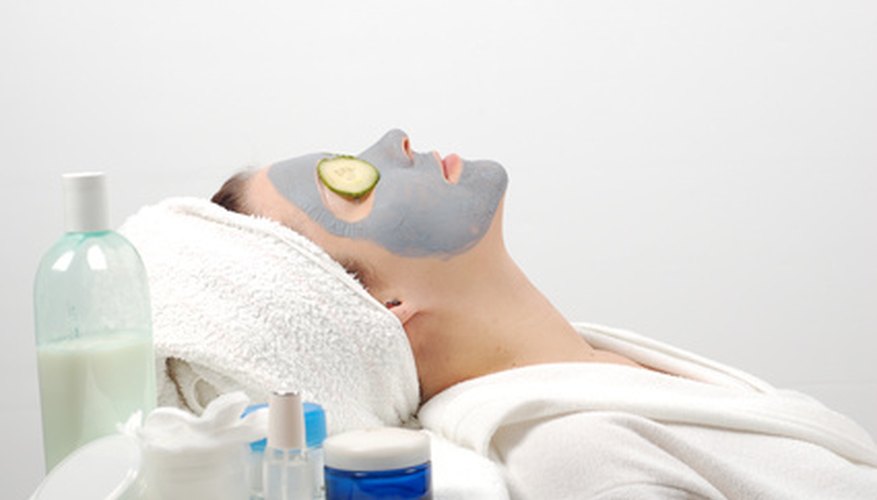In the beauty industry, there are several types of salons and spas, including those offering hair and nail services, beauty and facial treatments and tanning, waxing and other services. There are several different hazards that can occur in beauty salons, ranging from slips and falls to chemical burns and other emergencies. In order to ensure the safety of both employees and clients, it is important for all salons to establish emergency procedures and train employees to prepare for any and all issues.
Chemicals
Chemicals can present dangers in a salon in several ways. Chemicals used to work on nails, such as the acetone found in polish and glue removers, formalin found in nail hardeners and substances found in hardeners are all hazardous if inhaled or ingested. Chemicals in hair treatments or colourings such as lye or peroxide can be dangerous if swallowed. Additionally, chemical burns can occur on skin when chemicals are mixed, used or applied incorrectly. Precautions should be taken to prevent exposing clients or employees to chemicals. In addition to complying with all standards set forth by the United States Occupational Safety and Health Administration, salons must develop protocol for contacting poison control or other emergency services in addition to placing a first aid kit with detailed information on steps to take if chemicals are accidentally ingested or placed on skin.
- Chemicals can present dangers in a salon in several ways.
- Chemicals used to work on nails, such as the acetone found in polish and glue removers, formalin found in nail hardeners and substances found in hardeners are all hazardous if inhaled or ingested.
Salon equipment and tools
Salon equipment can also be hazardous to workers and customers. Curling irons, straightening irons, waxing methods, hair dryers and tanning beds can all burn skin without proper precautions. Razors, cuticle knives and scissors can cut skin or cause injury. Emergency procedures including first aid supplies and instructions, as well as proper training are important to put into practice in a salon.
- Salon equipment can also be hazardous to workers and customers.
- Curling irons, straightening irons, waxing methods, hair dryers and tanning beds can all burn skin without proper precautions.
Electrical equipment
Dangers from electrical equipment are present in salons; therefore, all equipment should be checked regularly. An equipment maintenance log should be maintained to keep track of all problems and repairs. Electrical sockets should be grounded and should not be overloaded to prevent danger of electrical shock. Employees should be trained to check and monitor electrical equipment, and a plan should be developed for contacting authorities in case of an electrical emergency.
- Dangers from electrical equipment are present in salons; therefore, all equipment should be checked regularly.
- Electrical sockets should be grounded and should not be overloaded to prevent danger of electrical shock.
Other dangers
Salons have other dangers as well. Slips, trips and falls can occur from items on floors such as chords, hair, water and obstructions. Adequate lighting and step ladders for reaching equipment and supplies should be provided so that injuries do not occur. Appropriate signage for wet areas should be used, and a chain of command for handling emergencies and accidents should be developed. An emergency plan for fire or natural disaster evacuations should be created and practised as well in accordance with the law.
- Salons have other dangers as well.
- Adequate lighting and step ladders for reaching equipment and supplies should be provided so that injuries do not occur.
